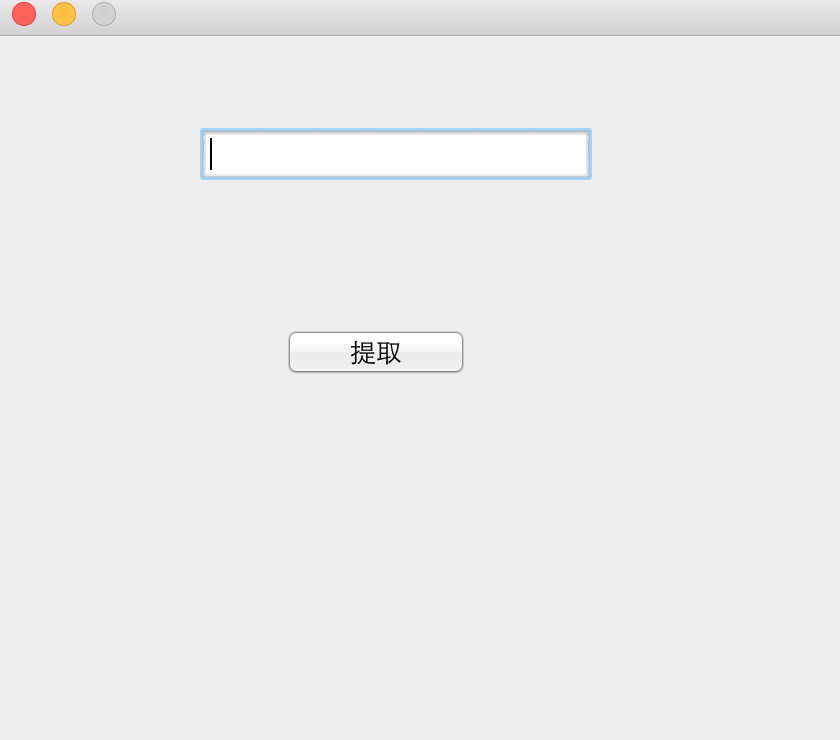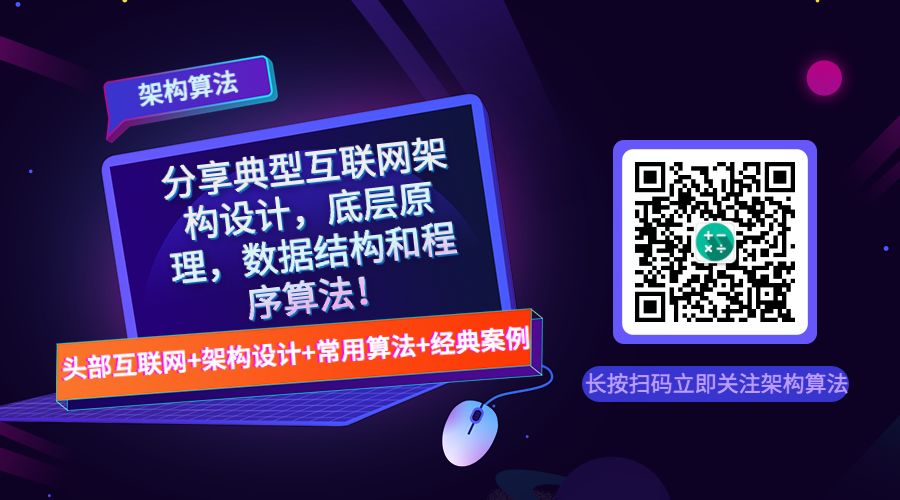Java做爬虫也很牛

来自: 猿天地
首先我们封装一个Http请求的工具类,用HttpURLConnection实现,当然你也可以用HttpClient, 或者直接用Jsoup来请求(下面会讲到Jsoup)。
工具类实现比较简单,就一个get方法,读取请求地址的响应内容,这边我们用来抓取网页的内容,这边没有用代理,在真正的抓取过程中,当你大量请求某个网站的时候,对方会有一系列的策略来禁用你的请求,这个时候代理就排上用场了,通过代理设置不同的IP来抓取数据。
import java.io.BufferedReader;
import java.io.InputStreamReader;
import java.net.HttpURLConnection;
import java.net.URL;
public class HttpUtils {
public static String get(String url) {
try {
URL getUrl = new URL(url);
HttpURLConnection connection = (HttpURLConnection) getUrl
.openConnection();
connection.setRequestMethod("GET");
connection.setRequestProperty("Accept", "*/*");
connection
.setRequestProperty("User-Agent",
"Mozilla/4.0 (compatible; MSIE 8.0; Windows NT 5.1; Trident/4.0; CIBA)");
connection.setRequestProperty("Accept-Language", "zh-cn");
connection.connect();
BufferedReader reader = new BufferedReader(new InputStreamReader(connection.getInputStream(), "utf-8"));
String line;
StringBuffer result = new StringBuffer();
while ((line = reader.readLine()) != null){
result.append(line);
}
reader.close();
return result.toString();
} catch (Exception e) {
e.printStackTrace();
}
return null;
}
}
接下来我们随便找一个有图片的网页,来试试抓取功能
public static void main(String[] args) {
String url = "https://www.toutiao.com/a6568327638044115460/";
String html = HttpUtils.get(url);
List<String> imgUrls = getImageSrc(html);
for (String imgSrc : imgUrls) {
System.out.println(imgSrc);
}
}
public static List<String> getImageSrc(String html) {
// 获取img标签正则
String IMGURL_REG = "<img.*src=(.*?)[^>]*?>";
// 获取src路径的正则
String IMGSRC_REG = "http:/"?(.*?)(/"|>|//s+)";
Matcher matcher = Pattern.compile(IMGURL_REG).matcher(html);
List<String> listImgUrl = new ArrayList<String>();
while (matcher.find()) {
Matcher m = Pattern.compile(IMGSRC_REG).matcher(matcher.group());
while (m.find()) {
listImgUrl.add(m.group().substring(0, m.group().length() - 1));
}
}
return listImgUrl;
}
首先将网页的内容抓取下来,然后用正则的方式解析出网页的标签,再解析img的地址。执行程序我们可以得到下面的内容:
http://p9.pstatp.com/large/pgc-image/1529307883634343f939c85
http://p1.pstatp.com/large/pgc-image/1529307883606177aaf408b
http://p3.pstatp.com/large/pgc-image/152930788361571655944eb
http://p1.pstatp.com/large/pgc-image/1529307883500ad4375beb0
http://p3.pstatp.com/large/pgc-image/1529307883536bc68e6156e
通过上面的地址我们就可以将图片下载到本地了,下面我们写个图片下载的方法:
public static void main(String[] args) throws MalformedURLException, IOException {
String url = "https://www.toutiao.com/a6568327638044115460/";
String html = HttpUtils.get(url);
List<String> imgUrls = getImageSrc(html);
for (String imgSrc : imgUrls) {
Files.copy(new URL(imgSrc).openStream(), Paths.get("./img/"+UUID.randomUUID()+".png"));
}
}
这样就很简单的实现了一个抓取并且提取图片的功能了,看起来还是比较麻烦哈,要写正则之类的 ,下面给大家介绍一种更简单的方式,如果你熟悉jQuery的话对提取元素就很简单了,这个框架就是Jsoup。
jsoup 是一款Java 的HTML解析器,可直接解析某个URL地址、HTML文本内容。它提供了一套非常省力的API,可通过DOM,CSS以及类似于jQuery的操作方法来取出和操作数据。
添加jsoup的依赖:
<!-- https://mvnrepository.com/artifact/org.jsoup/jsoup -->
<dependency>
<groupId>org.jsoup</groupId>
<artifactId>jsoup</artifactId>
<version>1.11.3</version>
</dependency>
使用jsoup之后提取的代码只需要简单的几行即可:
public static void main(String[] args) throws MalformedURLException, IOException {
String url = "https://www.toutiao.com/a6568327638044115460/";
String html = HttpUtils.get(url);
Document doc = Jsoup.parse(html);
Elements imgs = doc.getElementsByTag("img");
for (Element img : imgs) {
String imgSrc = img.attr("src");
if (imgSrc.startsWith("//")) {
imgSrc = "http:" + imgSrc;
}
Files.copy(new URL(imgSrc).openStream(), Paths.get("./img/"+UUID.randomUUID()+".png"));
}
}
通过Jsoup.parse创建一个文档对象,然后通过getElementsByTag的方法提取出所有的图片标签,循环遍历,通过attr方法获取图片的src属性,然后下载图片。
Jsoup使用起来非常简单,当然还有很多其他解析网页的操作,大家可以去看看资料学习一下。
下面我们再来升级一下,做成一个小工具,提供一个简单的界面,输入一个网页地址,点击提取按钮,然后把图片自动下载下来,我们可以用swing写界面。
public class App {
public static void main(String[] args) {
JFrame frame = new JFrame();
frame.setResizable(false);
frame.setSize(425,400);
frame.setDefaultCloseOperation(JFrame.EXIT_ON_CLOSE);
frame.setLayout(null);
frame.setLocationRelativeTo(null);
JTextField jTextField = new JTextField();
jTextField.setBounds(100, 44, 200, 30);
frame.add(jTextField);
JButton jButton = new JButton("提取");
jButton.setBounds(140, 144, 100, 30);
frame.add(jButton);
frame.setVisible(true);
jButton.addActionListener(new ActionListener() {
@Override
public void actionPerformed(ActionEvent e) {
String url = jTextField.getText();
if (url == null || url.equals("")) {
JOptionPane.showMessageDialog(null, "请填写抓取地址");
return;
}
String html = HttpUtils.get(url);
Document doc = Jsoup.parse(html);
Elements imgs = doc.getElementsByTag("img");
for (Element img : imgs) {
String imgSrc = img.attr("src");
if (imgSrc.startsWith("//")) {
imgSrc = "http:" + imgSrc;
}
try {
Files.copy(new URL(imgSrc).openStream(), Paths.get("./img/"+UUID.randomUUID()+".png"));
} catch (MalformedURLException e1) {
e1.printStackTrace();
} catch (IOException e1) {
e1.printStackTrace();
}
}
JOptionPane.showMessageDialog(null, "抓取完成");
}
});
}
}
执行main方法首先出来的就是我们的界面了,如下:

输入地址,点击提取按钮即可下载图片。
特别推荐一个分享架构+算法的优质内容,还没关注的小伙伴,可以长按关注一下:

长按订阅更多精彩▼

如有收获,点个在看,诚挚感谢
- 本文标签: rand find API Document Word IO tag tar CSS parse http 图片 IDE 遍历 src ORM stream js 数据 解析 client Action Agent https UI jsoup Connection Property zab ip jquery HTML list message equals windows 网站 App URLs 下载 ArrayList java cat 代码 DOM ACE id
- 版权声明: 本文为互联网转载文章,出处已在文章中说明(部分除外)。如果侵权,请联系本站长删除,谢谢。
- 本文海报: 生成海报一 生成海报二











![[HBLOG]公众号](https://www.liuhaihua.cn/img/qrcode_gzh.jpg)

